Gianni Pezzani (1951 Colorno – Parma), from the seventies is a stubborn experimenter, protagonist of technical innovations and research that have anticipated the times. Start by investigating color and exhibiting in 1979 with Lanfranco Colombo. Then he was selected in 1981 by Time-Life editions among the six most important emerging photographers with the publication of his portfolio. Apart from numerous exhibitions and awards in the artistic field, too many to list them here, he has always been active in the world of fashion, with Vogue and beyond. In the wake of the series on the cities at night, Milan by Night (2008) and Nippon Night (2010/2011), there is the Parma exhibition: Parma Dorme.
You were one of the first to experiment with color at a time when black and white was predominant. And you created a chemical hierarchy of toning that made pictorial photographs. This is why criticism has often brought you closer to a certain painting than to other photographers. How was this research born?
I started taking pictures as a child, I did staged with my classmates and the janitor. We had a 6×6 fixed-focus Ferrania and the prints were made by a photographer who came to Colorno from Parma every Sunday. They were beautiful silver bromide prints. Then going to university in Florence I abandoned photography for a while, and then resume immediately thanks to contact with architecture students with whom I shared the apartment. Everyone had the camera to do documentation for their exams and they gave me access to their cameras and dark rooms. So I started experimenting. I was printing and experimenting. But it must be said that they have taught me a lot, injecting me very quickly with care, cleaning and drying.
Once I graduated, I was in Agricultural Science, I returned to Colorno (Parma) and I had my darkroom and I started taking pictures. But the black and white stuck to me, I did not like it, while the color of the kodak, fuji, there was also the Konica, I did not like because of the colors too symbolic. Blue was always different from that of the sky. Frustrated and dissatisfied with the results, thanks also to my scientific culture and my passion for chemistry, I realized that the color change turned silver bromide: silver gives you black when it is totally oxidized, gray when there is not much, very light gray when there is very little and white where there is not. What was the color change? It replaced some chemical elements such as silver sulfur and then left white whites and colored where it was silver. But they were all monochromatic formulas. I did not give up and I tried around going directly to the producers of these formulations and I tried to mix, but it was impossible. So I started to paint some parts of the photos with the brush very carefully. I carried out a lot of long washes between one passage and another and with the right dilution I created a hierarchy of toning: if I gave the copper that gave red / pink, then I could give immediately after the ferrous iron. If I did the opposite it was not the same thing. But always diluting a lot, so that it shaded the liveliness of the colors.
And has color taken on different connotations to the transition from analogue to digital?
When I was at a very high level with this type of techniques, even with the optic desk and various tools in which I had invested a lot, digital has entered the scene. At first it was a bit coarse, but I predicted trying to use it immediately. I understood that it would be the future. The first digital ones got dirty easily, the tourist cameras did not, but on the professional ones, which could be taken apart, the dust ended up everywhere. And the color calibration was very difficult. I continued my work on film, in the meantime I was documenting and trying. But to get to a digital print worthy of my vision, worthy of staying for days in my studio, I have put there if not eight years, even nine. Obviously in my work in fashion and for magazines, as early as 2005 I was making digital catalogs.
But it took more time to get art prints. I photographed everything, trees, landscapes, characters. Even in the early years I used old plate machines instead of printing directly from slides or negatives, I digitized waiting for the files of the cameras to be of higher quality.
Many photos in the woods, series Humus (2005/2013), were made either with the optical bench or with the Rollei and then digitized and only after years digitally printed.
Now we are at high levels, the machines allow high quality, but for photos at night I can never let the camera decide. To maintain my quality I have to cheat a little, taking full advantage of the potential of the medium I have, making many files with many different lights and then overlapping them.
You have been in fashion for some time, with Vogue and more. In 1984 you moved to Japan and Indonesia. How was the relationship with this environment? Was it an exchange report? Did something spill into your photographic research?
Sure. From a technical point of view above all. When you have a studio with models, or when Vogue organizes an outdoor exhibition with editors and technicians or has booked an environment, you make high quality photos. You have to take pictures of great quality. You have the obligation to conclude the work regardless of the climatic situation and the time available. Art is poured into fashion and fashion gives you that confidence and mental clarity that puts you in a position to overcome any obstacle, any problem. Adaptation and technique.
There, then a rapprochement with the color and the Kodak halo, with large-format plates, we even used cinema films for some things. From a technical point of view, work in fashion has given me great strength.
I have noticed in your biography a historiographic gap of about 20 years, from the mid 80s and early 2000. This certification gap is strange. You’re not the kind of person who stops, what happened? Have you dedicated yourself only to fashion? But not only that, I have seen some photos of the series “Too much dick” (1980), which intrigued me. Andrea Tinterri, curator of the next exhibition, told me about sex photographs never before exhibited, even dating back to the 70s. During the period of absence you have carried on that research? Will you expose it sooner or later?
That was a dead time. At one point, in ’84 I was very disappointed in the management of photography. The situation was boring, I was bored of attending it and could not stand the pedants involved in the work. Except some, those who do not take themselves seriously, but many are catafalques. Colombo was the first great manager of photography, he gave money and made him feel good, he had the publishing house, he published Diaframma magazine, he proposed the artists in international exhibitions. He could propose you in the right way.
Anyway, I felt frustrated, I came home depressed. I was not part of that situation. Photography was very important to me, because it was basically my free space, while in the work space I had to consolidate relationships. So the sex series were completely foreign to these two contexts, a free space where all environmental constraints were canceled.
When I presented Too much dick I had them all against, gallerists and critics.
I have seen that in the city series the car is always present. It is the way in which not only man manifests himself in your images, but also you. Especially in the first jobs you reveal yourself through the car, which becomes in fact the extension of your goal …
I would shoot through the car or through the window or with the door open. It is the tangible sign that I am from this era, otherwise I would have photographed the horses. I saw the old photo of the town of Langhirano and there was a nice horse with a cart.
It seems to me that the car has slowly conquered space in your photographs. In the early works it was only shown in parts: the bonnet, the door, from inside or outside, then with the doors open. Now it has totally invaded the goal, because in our time, in this historical moment …
… I am scandalized, that if I show the photos of Milan, people tell me: “but there are always cars”, I answer “Well, it’s yours, it’s not mine, I do not have it” car”. People’s character is also present and changes. Now I’m working on a project called Esoscheletri, which speaks about a man who changes his character when he enters the car, becomes more aggressive or hides. It’s a long job that I will carry on for a long time. I photograph cars both in motion and still, but always with man inside, which is the larva.
And when the social and economic level changes, the change takes place. The exoskeleton changes, the car becomes a manifestation of power and wealth.
So this work intrigues me a lot, I have also made the positions at the traffic lights in Milan.
Something like this is your documentation in Japan in the subways, there’s always someone with the phone …
Yes, always because they are close and look like friends, but they do not even know each other. But I’m not a great jerk. Traveling with Fontana, he did a lot of photos, I do not. My shot is a bit ‘more appropriate. I do not really like to bother. For example, when I closed a topic, however, sometimes I carry it forward in time, but some things, like the farmhouses of the low parmigiana I see every day and at a certain point I decided to close. While the car, since it changes its model over time, is always a historical signal of the moment in which we are. And also stylistically it interests me because it allows me to use reflections and angles or hide objections of urban furniture. Sometimes I need a cover, which makes me delete a part of the city that I do not want to see, also wanting passersby. I can use it to my liking depending on the angle to hide what I do not want to see.
From “Margini” (1977) to “Parma Dorme”, which opens on 11/10/2014 in Parma, there is a circular path, a very wide circle including numerous steps, which goes from roots to roots. From long the river of the first series to the city of Parma at night. Here you met Andrea Tinterri who will be the curator of your exhibition. How was this project born?
When I used small black and white cameras, in the 70s and 80s I was already taking pictures at night in the cities, but I did not have the quality I wanted. When I started with the optical bench for magazines, I also did design, so I went around “Io Donna” to do many night-time reportages in the city to photograph the lamps. Night photography has always been my shot, I have already taken in Milan and Japan.
With Andrea we decided together to do this project. He came to my house every day to decide to do these photographic walks in the city. Then we had to avoid some points, because the lighting was changed in Parma: there are many superfluities impossible to do. They removed the glasses from the lanterns, you see them yellow, however, in fact they are red light, very contrasted. But the photos are about eighty.
The main element of your work is the landscape. It returns also when photographing your mother’s kitchen (Mother’s Kitchen suspended in the night, 1982). In this series I see more than still life, a domestic, intimate landscape, full of affection. However, almost always human being is subtracted from the landscape or is only present with his signs such as cars, architectures, objects of a kitchen. Or in extreme cases as in Humus (2005/2013), nature occupies the photographic space and the world totally. This subtraction is immediately felt. I personally feel that I can take refuge in your photographs, as if I were entering a protective bag that protects me from the world, allowing me to disconnect from it. At the same time I feel your criticism of reality and I think it is negative. Am I wrong?
So, I started to photograph having fun, building scenes where everyone played his part. Over time I have also portrayed friends, without ever exaggerating with the expression. I like the portrait. Even for fashion, I often had to photograph people. But the self-celebration of man who, even in religion, becomes in his image and likeness, has increased with television and with it the advent of the super-man television. I started to have this repulsion for the character itself. From there, these types of self-congratulations started to stink, so I started photographic research on a landscape seen through cars. With these I mark the presence of someone, or mine. It is a deliberate absence, but in one way or another the presence of human being is always there, but not by celebrity.
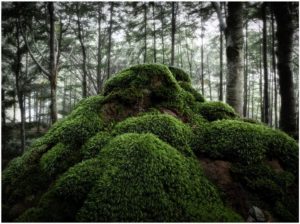 Dalla serie Humus, 2009
Dalla serie Humus, 2009
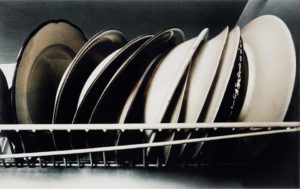 Dalla serie cucina della mamma sorpresa nella notte, 1982
Dalla serie cucina della mamma sorpresa nella notte, 1982
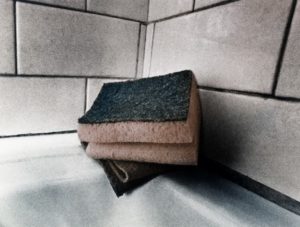 Dalla serie cucina della mamma sorpresa nella notte, 1982
Dalla serie cucina della mamma sorpresa nella notte, 1982
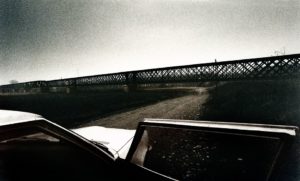 Dalla serie Margini, viaggio senza ritorno, 1978
Dalla serie Margini, viaggio senza ritorno, 1978
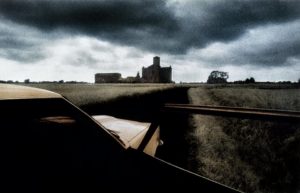 Dalla serie Margini, viaggio senza ritorno, 1978
Dalla serie Margini, viaggio senza ritorno, 1978
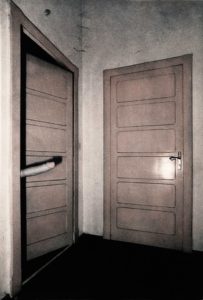 Dalla serie Troppo cazzo, 1980
Dalla serie Troppo cazzo, 1980
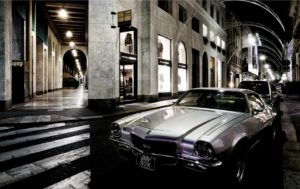 Dalla serie Milano Notte, 2008
Dalla serie Milano Notte, 2008
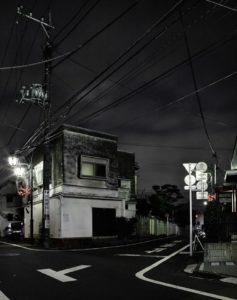 Dalla serie Nippon night, 2011
Dalla serie Nippon night, 2011
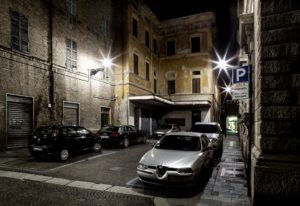 Dalla serie Parma dorme, 2013
Dalla serie Parma dorme, 2013
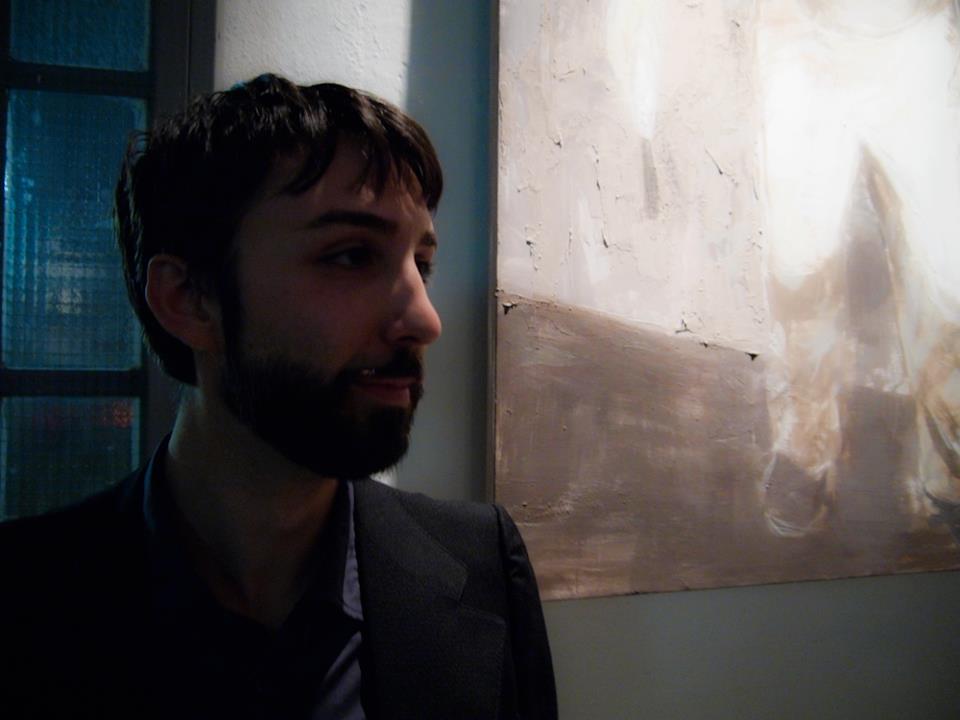
Domenico Russo, curator and art critic, addresses his commitment to the research of new trends with a particular look at the ways in which contemporary art connects and interacts with other areas, convinced that it is a sensitive truth through which to read the time that lives.






NO COMMENT